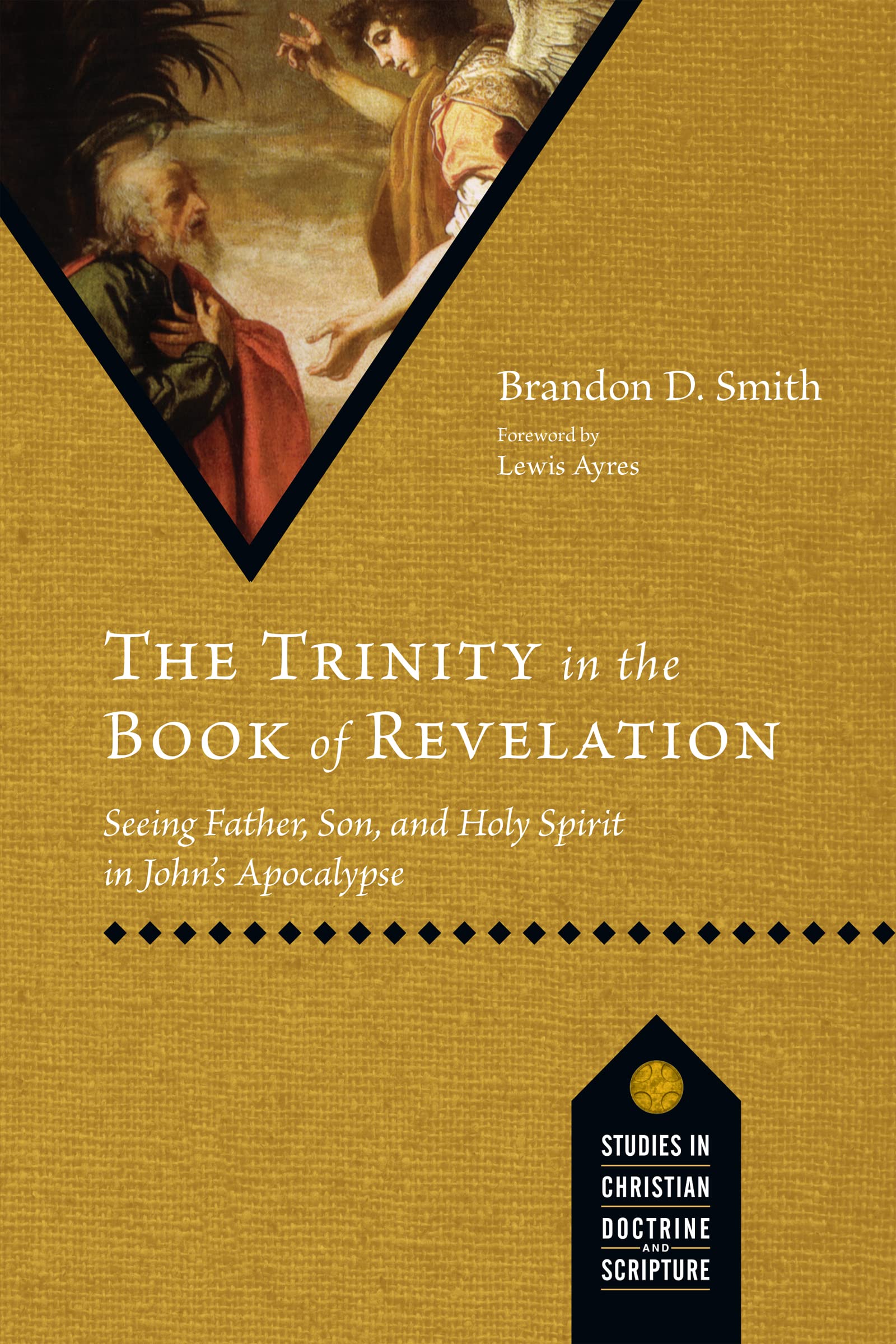A Brief Book Summary from Books At a Glance
by Mark Baker
About the Author
Brandon Smith is assistant professor of theology and New Testament at Cedarville University. He is also on the board of directors for the Center for Baptist Renewal and host of the Church Grammar podcast.
About the Series
The Studies in Christian Doctrine and Scripture series exists to reunite the disciplines of theology and biblical studies. This aim is carried out in five ways:
- We aim to publish constructive contributions to systematic theology.
- We aim to promote evangelical contributions.
- We seek fresh understanding of Christian doctrine through creatively faithful engagement with Scripture.
- We seek fresh understanding of Christian doctrine.
- We promote scriptural engagement in dialogue with catholic tradition(s) (xv-xix).
Overview
The goal of this book is to “contemplate and grow in our understanding of the triune God, whom we worship and stake our lives on” (1). Through providence and self-revelation, God has revealed himself as triune; therefore, we can use the doctrine of God as an “exegetical tool” for reading Scripture (2). Applying this method to Revelation allows us to see that the Holy Spirit has revealed to John the Father’s purposes. The Father sent his divine Son as the slain Lamb and the exalted King to inaugurate and consummate God’s plan in making all things new. This book seeks to demonstrate that this trinitarian reading of Revelation is not an imposition on the text but the result of a close reading of the text.
Table of Contents
1 Toward a Trinitarian Reading of Revelation
2 Father: The One Seated on the Throne
3 Son: The Slain Lamb and Risen King
4 Holy Spirit: The Revealer to John and Speaker to the Churches
5 A Constructive Account of the Trinity in Revelation
Summary
Chapter 1: Toward a Trinitarian Reading of Revelation
When modern scholars interpret Revelation, it is normally along the lines of a “high” or “low” Christology. They debate back and forth on the issue of the divinity of Jesus. I suggest a different starting point: a trinitarian reading of Revelation. A trinitarian reading “observes the way in which the Father, Son, and Holy Spirit are of the same divine nature (e.g., a singular will, power, and authority) and yet are also distinct persons in Revelation” (16). Of course, the word “trinity” never appears in Revelation (or in the whole Bible for that matter), but theology is always in need of extra-biblical words to describe what biblical words mean. In the same way, I will also employ the term “pro-Nicene” to refer to readings of Revelation that can be placed on the same trajectory of the historic Nicene Creed. The specific words in the Nicene Creed are not necessary for this kind of reading of Revelation; nevertheless, we need theological distinctions such as those offered in the Nicene Creed to help us understand various theological positions. I will also use the concept of redoublement, which refers to “the patristic idea that we must talk about God ‘twice over’ in biblical texts, noting what the Father, Son, and Spirit have in common (divine nature) and what distinguishes them from one another (processions or missions)” (20).
By way of a formal method, this book will use a theological-canonical approach. It is theological because the content of Revelation is “determined and rooted in God himself” (27). Revelation, and the Bible as a whole, cannot be read like any other book, because it is intrinsically unlike any other book. It is canonical because a correct reading of Revelation demands a thorough knowledge and connection with the rest of the biblical canon. Therefore “this theological-canonical approach affirms that the unity of God’s nature and activity (three in one) implies the unity of his revelation in the biblical witness (sixty-six in one)” (29). . . .
[To continue reading this summary, please see below....]The remainder of this article is premium content. Become a member to continue reading.
Already have an account? Sign In
